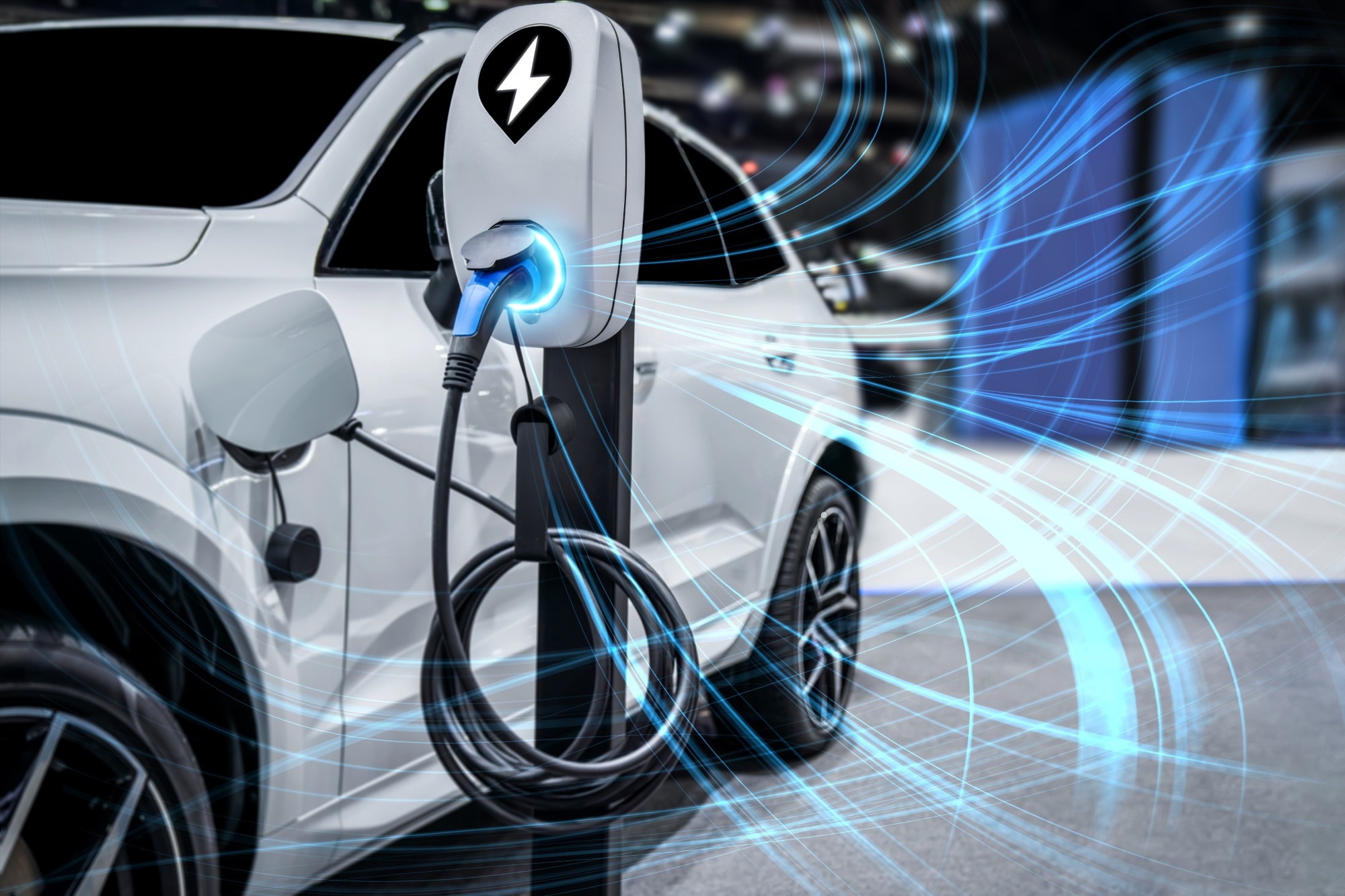Effective battery technology is key when it comes to electric vehicles (EVs) and getting more of them on the road. Yet, ensuring the sustainability of this technology is crucial for any future transition that envisions EVs replacing traditional fossil-based vehicles as the primary mode of transport.

Image Credit: Blue Planet Studio/Shutterstock.com
Researchers at Cranfield University are behind a developmental project that is paving the way toward sustainable battery technology. The scheme is part of a research program backed by The Faraday, which has committed £29m to battery research.
The Faraday Institution is committed to identifying and investing in the most promising and impactful battery research initiatives. This project refocusing is an important part of that process, and allows us to direct even more effort towards those areas of research that offer the maximum potential of delivering societal, environmental, and commercial impact.
Professor Pam Thomas, CEO of The Faraday Institution
The Cranfield team is focusing its efforts on battery management systems for Lithium-Sulphur (Li-S), which slots into Faraday’s LiSTAR (Lithium-Sulphur Technology Accelerator) project, which aims to extend battery potential beyond the current Lithium-ion (Li-ion) technology.
What is LiSTAR?
LiSTAR is led by University College London as part of a collaboration between seven other universities and eight industrial partners, including Cranfield University. The project will focus on developing Li-S pouch cells using components for anodes, cathodes, and electrolytes deemed the most promising, having been tested individually at a coin cell level.
The aim is to ensure continual improvements are at the heart of development when it comes to the performance of singular cell components. During the project's first phase, the focus will be on identifying the best materials for optimizing energy densities and the lifetime of cells.
One of the main advantages Li-S batteries have over conventional Li-ion is that Li-S cells can store more energy per unit weight than Li-ion. Moreover, Li-S batteries are able to function safely in a wider temperature range which could improve safety, efficiency, and cost in the long term.
Generally, Li-ion batteries are able to output 250 watt hours per kg of mass, whereas Li-S technology can see outputs between 400-600 watt hours per kg. This means lighter batteries for EVs which is an important factor in many transport-based applications.
Another benefit of Li-S technology is that the batteries can be manufactured using materials that are widely available and not ‘conflict materials,’ which raises concerns regarding sustainability and human rights.
Battery Management Systems for Lithium-Sulphur Batteries
Focused on developing and refining a cutting-edge battery management system, which is key to improving battery technologies that can compete with Li-ion batteries, Cranfield’s battery management system will be able to broadcast precise data relative to charge levels, as well as offer insights into how battery life and performance are affected by the typical operation of different types of EVs.
“This work is important because understanding what is happening inside a lithium-sulfur battery is harder than with lithium-ion,” explained Cranfield’s team leader Dr. Daniel Auger.
There is just the one stage of electrochemical processes in lithium-ion, but four in lithium-sulfur. The charge is also very ‘flat’, meaning there are regions of the battery where it is very difficult to ‘see’ the charge. We have to look for different kinds of indicators of what’s happening.
Dr. Daniel Auger, Team Leader, Cranfield
Moving Forward
To put Li-S through the necessary tests to determine and fine-tune performance capabilities, the team will run simulations that replicate the operating behavior and performance of the battery in specific types of electric vehicles and transportation.
With the ongoing surge towards electrification, there’s a need for a range of battery technologies and options for development. While still playing an important role, lithium-ion batteries have begun to reach their limit in terms of performance improvements.
Dr. Daniel Auger, Team Leader, Cranfield
The Faraday Institution hopes that, beyond the LiSTAR project, the pairing of 500 researchers from 27 universities and 85+ industry partners will allow for a new generation battery technology for sustainable transportation.
Lithium-sulfur is one of the emerging alternatives that is closest to being commercially available.
Dr. Daniel Auger, Team Leader, Cranfield
Li-S batteries are thought to be well-suited for use in aircraft where weight and fuel loads play a critical role. Yet, they could also be useful for reducing wear and tear on critical parts such as tires in passenger vehicles.
References and Further Reading
New Lightweight Battery set to provide alternatives for Electric Transport (2023) Welcome to Cranfield University. Available at: https://www.cranfield.ac.uk/press/news-2023/new-lightweight-battery-set-to-provide-alternatives-for-electric-transport
Faraday institution refocuses six existing battery research projects for maximum impact (2023) The Faraday Institution. Available at: https://www.faraday.ac.uk/six-projects-reshaping/
Disclaimer: The views expressed here are those of the author expressed in their private capacity and do not necessarily represent the views of AZoM.com Limited T/A AZoNetwork the owner and operator of this website. This disclaimer forms part of the Terms and conditions of use of this website.